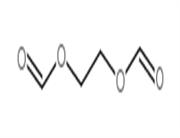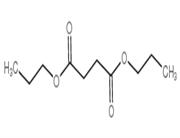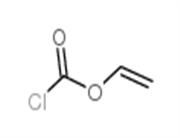In Vivo
Pymetrozine, a fast-acting and selective inhibitor of aphid feeding. In-situ studies with electronic monitoring of feeding behaviour. Pymetrozine, a pyridine azomethine compound, represents a novel insecticide with a selective activity against homopteran insects. It acts in a unique way: aphids are not knocked down on contact but seem to die of starvation. This implies an effect of Pymetrozine on feeding behaviour. The aim of the present work is to elucidate how and at which step Pymetrozine interferes with the complex mechanisms underlying phloem feeding. The effect of Pymetrozine, applied in various ways, on different phases of stylet penetration and feeding activity of individual aphids is studied using the Electrical Penetration Graph technique (EPG). Initial choice experiments indicated that Pymetrozine does not have a deterrent or antifeedant action. Topical application (150 ng/mg fresh weight) inhibits stylet insertion into the plant. When injected, less than 30 ng/mg is sufficient to produce the same effect. When Pymetrozine is systemically applied via plant spraying or root uptake, aphids started feeding normally. After some time, however, they withdrew their stylets from the phloem and walked around with unaffected locomotion. At low doses aphids eventually recovered and resumed feeding. High doses, however, irreversibly disrupted feeding and prevented stylet reinsertion. Aphid motility is not affected up to an estimated haemolymph concentration of 1 mM Pymetrozine. Aphids which eventually stopped feeding on Pymetrozine-treated plants showed EPGs with distorted salivation/ingestion patterns[2].
References
[1]. I D BEDFORD, et al. The effect of Pymetrozine, a feeding inhibitor of Homoptera, in preventing transmission of cauliflower mosaic caulimovirus by the aphid species Myzus persicae (Sulzer). Annals of Applied Biology. 1998 Jun; 132(3): 453-462
[2]. Paul Harrewijn, et al. Pymetrozine, a Fast-Acting and Selective Inhibitor of Aphid Feeding. In-situ Studies with Electronic Monitoring of Feeding Behaviour. Pest Management Science. 1997 Feb;49(2):130-140.

 China
China








